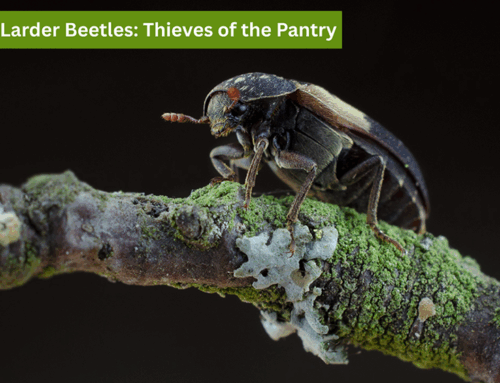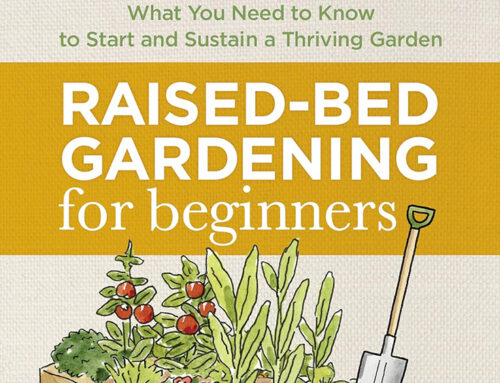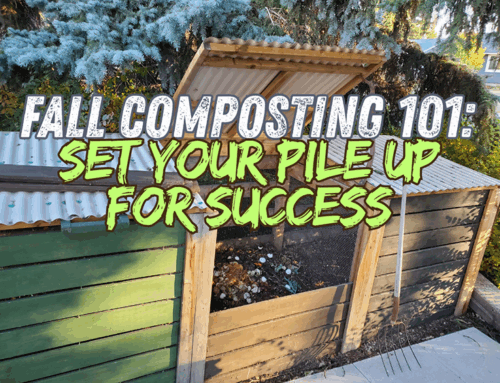Steeped in Success: Using Tea Leaves in Your Garden
by Brett Kerley (with a few additions by Jane Starr, who has Opinions)
Tea is not just a comforting beverage. It can also be a valuable addition to your garden. Used tea leaves are rich in nutrients like nitrogen, potassium, and phosphorus, making them an excellent natural fertilizer. However, while many plants thrive with tea leaves, others may not respond as well. Knowing which plants benefit from this organic material can help gardeners make the most of their tea waste.
Benefits of Tea Leaves in the Garden
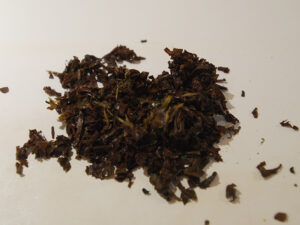
Used loose tea leaves
Used tea leaves contain essential nutrients that can improve soil health. They can:
- Enrich the soil with nitrogen, promoting lush green growth and strong stems.
- Improve soil structure, aerating it and improving its ability to retain moisture, benefiting plants that need consistent hydration.
- Help with composting, accelerating the decomposition process and contributing to a nutrient-rich compost mix.
- Act as a natural pest repellent, The tannin content can discourage some garden pests, such as aphids and certain beetles.
However, it’s important to note that tea leaves are acidic, meaning that in large quantities, they can alter soil pH over time. Some plants thrive in acidic conditions, while others prefer neutral or alkaline soils. Consider plant needs and soil balance.
Note from Jane: It’s worth doing some research to find out what the tea bag is made of, because some brands are made with plastics and won’t break down in the compost. I fished whole tea bags out of my compost and garden for years, until I switched to loose-leaf tea and brands whose tea bags are made with natural fibres.
Plants That Love Tea Leaves
Acid-loving plants and those that thrive in nitrogen-rich soil will appreciate tea leaves in their growing environment. These include:
Roses
Roses flourish with the tannins and nitrogen found in tea leaves, promoting deep green foliage and more abundant blooms. Adding tea leaves to the soil or mulch around rose bushes can enhance flower production and overall health. At my last home residence, I had a beautiful rose garden and would sprinkle dried used tea leaves around the base of each rose. I swear they really appreciated it. Born in England, I go through a lot of tea and we also love our roses. I’m looking forward to starting my rose garden again at my new home.
Blueberries
Blueberries require acidic soil with a pH between 4.5 and 5.5, and used tea leaves help maintain this acidity. Sprinkling tea leaves around the base of blueberry bushes can improve fruit yield and overall plant vigor.
Azaleas and Rhododendrons
These stunning flowering shrubs prefer slightly acidic soil, making tea leaves an ideal natural amendment. The slow release of nitrogen supports vibrant blooms and lush green leaves.
Ferns
Ferns naturally grow in damp, forested environments with rich, organic soil. Tea leaves contribute to the humus-like quality of the soil, retaining moisture and maintaining the acidity these plants need to thrive.
Tomatoes
Tomatoes are heavy feeders that require a nutrient-rich growing medium. The nitrogen in tea leaves promotes strong leafy growth and healthy stems, leading to a better yield of fruit.
Carrots and Radishes
Root vegetables like carrots and radishes benefit from the slow-release nutrients found in tea leaves. Mixing tea leaves into the soil before planting can encourage steady growth and enhance root development.
Plants That Hate Tea Leaves
While many plants benefit from tea leaves, others do not tolerate increased acidity or the tannins present in tea. These plants include:
Lavender
Lavender thrives in well-draining, alkaline to neutral soil. Acidic soil from tea leaves can hinder its growth, leading to poor flowering and weak stems.
Succulents and Cacti
Succulents and cacti prefer dry, sandy, and well-draining soil. Tea leaves retain moisture, which can lead to root rot and fungal issues in these drought-tolerant plants.
Geraniums
Geraniums prefer soil with a balanced pH, and excessive acidity from tea leaves can cause nutrient imbalances, reducing bloom production.
Begonias
Begonias grow best in slightly alkaline or neutral soil. Tea leaves may introduce too much nitrogen and acidity, which can cause weak growth and fewer flowers.
Peas and Beans
Legumes, such as peas and beans, fix their own nitrogen from the air, meaning they do not need additional nitrogen from tea leaves. Too much nitrogen can lead to excessive leaf growth at the expense of flower and pod production.
How to Use Tea Leaves in the Garden
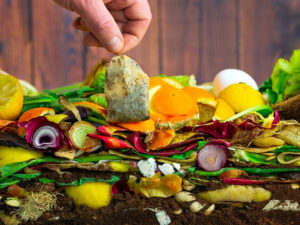
Tea bags in compost
Direct Application – Sprinkle used tea leaves around the base of acid-loving plants, being careful not to over-apply to avoid excessive acidity.
Composting – Mix tea leaves into your compost pile to enrich the compost with nitrogen while balancing with other organic materials such as vegetable scraps and dried leaves.
Liquid Fertilizer – Soak used tea leaves in water for several hours to create a nutrient-rich tea water, which can be poured around the base of plants for a gentle feeding.
Mulching – Combine tea leaves with other organic mulches, such as shredded bark or straw, to improve moisture retention and suppress weeds.
Final Thoughs
Used tea leaves can be a fantastic natural fertilizer for many plants, but it’s important to use them wisely. By knowing which plants will benefit and which will struggle, you can optimize your garden’s health and productivity. Regularly test your soil pH and monitor plant health when incorporating tea leaves into your gardening routine to ensure the best results.
Now go forth and brew-tify your garden! Until next time, happy gardening everyone.





